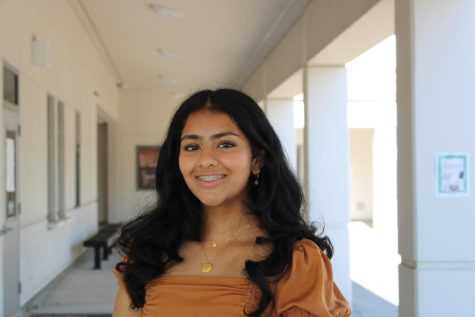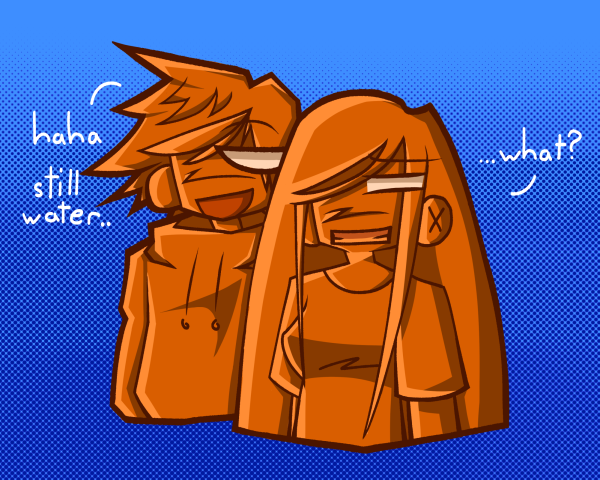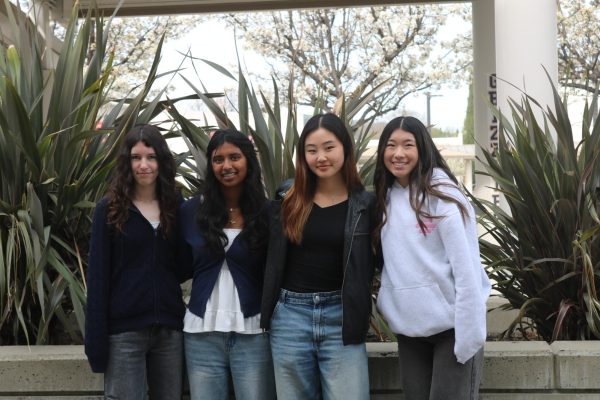District offers Virtual Academy alternative to in-person learning
Nearly 500 students enroll in new online school for the upcoming school year
Junior Nick Harvey works at his computer from home this year while learning remotely. Although Harvey plans to return to campus next year, nearly 500 students in the district have enrolled in the new Virtual Academy and plan to continue schooling from home.
After a series of unprecedented events and online learning, the 2020-2021 school year has come to a close. For next year, the San Ramon Valley Unified School District wants to provide options for students to feel as comfortable and safe as possible.
“Due to the COVID shutdown we’ve had to endure, we wanted to provide as much choice for students as possible,” Christopher George, the district’s Director of Instructional Services, said. “We wanted to ensure that an online option was given for students who need or want it.”
Students have the choice to go back to regular in-person classes or choose the Virtual Academy, an online option for the 2021-2022 school year. It will be considered a different school, so students enrolled in it will be considered Virtual Academy students.
George said the new academy falls under the category of alternative education schools. The schedule and online platforms used will mirror that of remote learning.
“The Virtual Academy is a way of providing students in the school district with an opportunity to continue to pursue remote or distance learning for the next school year,” Rose Bright, the district’s Principal of Alternative Education, said.
As of May 21, the total number of students enrolled in the Virtual Academy is 497, including 91 high schoolers, according to Sandy Cattarusa, the district’s Enrollment Coordinator. This is a small percentage of the 32,000 students enrolled in the district this year.
Although the academy is considered a separate school, Bright said students are allowed to return to in-person classes at any time of the year by requesting a transfer back to campus. Students requesting a return are not guaranteed a spot at their home school.
One of the main differences between online learning and the Virtual Academy is the classes that are offered. Classes were determined based on students’ course selection sheets, said Debra Petish, the district’s Director of Curriculum and Instruction. Depending on the number of students who wanted to take a class, that class would be offered. Because of this, several AP and honors courses will not be offered in the Virtual Academy.
But students can take Personalized Learning Initiatives (PLIs) which will provide them the courses they desire. PLIs include the opportunity to take courses outside of the district, such as at Diablo Valley College or online, and apply those to graduation requirements.
Cal High math teacher Gilita Endriga Thomas said teachers like her that want to be part of the Virtual Academy have to apply. The district posts each different position available, and teachers must fill out an application for each one they want. As of now, positions are only available to internal district teachers.
Teachers’ grading system for each class heavily relies on what they decide for that class, so it will be similar to regular in-person and online learning.
The reasons why students would enroll in the Virtual Academy vary from medical conditions to thriving in an online format.
“I wasn’t sure how safe it would be with thousands of students/teachers,” Cal High sophomore Lani Yee, who is attending the Virtual Academy next year, wrote in an email.
Just like students, teachers have different explanations for why they want to stay in a remote setting with the academy.
“I can help students one-on-one way better in the breakout rooms because no one can hear us,” Thomas said. “I found more students are willing to tell me what’s going on and why they are not doing well.”
But online school has also made it difficult for some students to talk and socialize with others.
“I will have a difficult time connecting with my classmates [in the Virtual Academy] as it has already caused a problem with one of the clubs I am in,” Yee said.
The Virtual Academy hopes to address this problem through several school bonding activities, such as trivia and other online games.
“We want the Virtual Academy to feel like a home, to feel like a community,” Petish said.
On the other hand, Thomas said she doesn’t think a community is what should be the focus at the Virtual Academy.
“You don’t need to have a community, you need to have a relationship,” Thomas said. “If you want a community you go to a school with a bunch of people. If you want a closer relationship with the teacher, you can have it online.”
Although the Virtual Academy will be its own separate school, the district still wants students to stay connected to their home schools. For example, a Cal student enrolled in the Virtual Academy can still attend Cal’s prom and participate in their sports teams.
“We don’t want kids to lose that connection just because they have medical needs, or because they have to be at the Virtual Academy for some reason,” George said.
Bright said the Virtual Academy accepts students from kindergarten through 12th grade. Because of this, there will be different activities for different grade levels.
“It would be unlikely that there would be an activity that would be 100 percent appropriate online for a kindergartener as well as a 12th grader,” Bright said. “But that doesn’t mean it couldn’t happen.”
Bright went on to mention how some activities such an ice cream social could be appropriate for all ages, whereas clubs will be different for various age groups.
Online school has also opened several opportunities that in-person school did not. For example, students can watch live recordings of their teachers, which allows them to speed up and slow down the video to their liking. Teachers have found this and other features beneficial to learning and will continue to use them in the Virtual Academy.
“Overall, the Virtual Academy is a way for students to have the option to do what they’d like,” Bright said.

Back again after a rigorous year as News Editor, senior Sami Tripasuri is excited to be co-Editor-in-Chief for The Californian. She enjoys writing and...










